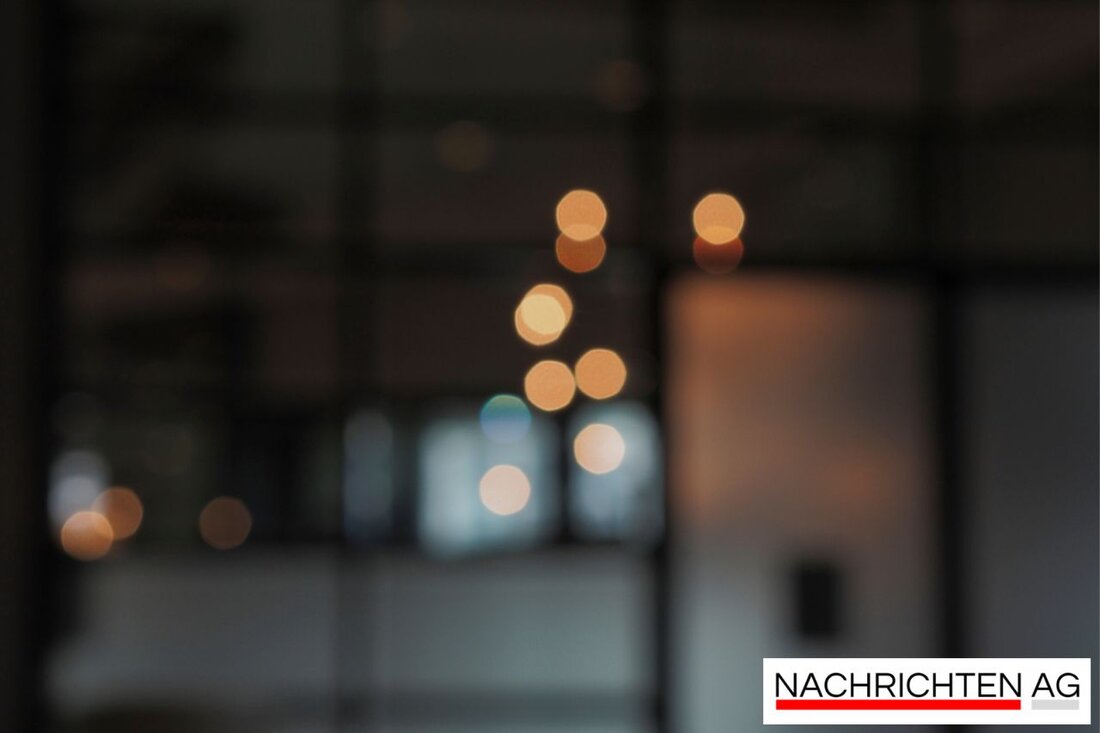Concrete with the future: This is how it lowers CO2 emissions in construction!

Concrete with the future: This is how it lowers CO2 emissions in construction!
in Vienna, Magdalenenstraße is a real piece of play paradise: During the current summer vacation, the road is transformed into a play street where children can enrich their everyday life with chalk art and fun sport. This initiative not only has a high entertainment value, but also provides a welcome room for creativity and movement. Such projects are important to enable children to make a variety of leisure activities and to promote their social skills.
While it is played in the streets of Vienna, an important discussion about environmentally friendly building is running in the background. According to MeinDzirk.at The building sector in Austria causes around the greenhouse gas semissions, although Most of these emissions are created by the heating and cooling of the buildings. This is where the building material concrete comes into play: it not only has the ability to store heat, but can also contribute significantly to reduce the energy requirement and to extend the lifespan of buildings.
sustainability in construction
The construction and cement sector faces major challenges, such as an analysis of . The production of cement is responsible for about 6-7 % of global greenhouse gas emissions. However, techniques for removing CO2 from the air and its storage in concrete could have a positive effect. Companies such as newly in Switzerland work on procedures to bind CO2 from waste management and other sources and integrate them into concrete. These approaches could help to achieve some of the most pressing climate goals.
Despite the progress in research, many hurdles are currently still to be overcome in order to be able to wider such sustainable technologies. Strabag provides examples of innovative solutions: The development of CO2-reduced concrete is significantly reduced, which can halve the emissions. Such an example is the construction project of the Innovation Center at the Züblin campus in Stuttgart, where 1,050 tons of CO2 could be saved by using these technologies.
It shows that concrete remains an indispensable part of building, even if the proportion of CO2-reduced material should increase. Innovative solutions such as the use of cement -free binders and better recycled concrete are urgently necessary to optimize ecological footprint. Further measures to reduce emissions in the construction industry are of central importance for a sustainable future in both Austria and Switzerland.
| Details | |
|---|---|
| Ort | Mariahilf, Österreich |
| Quellen | |
